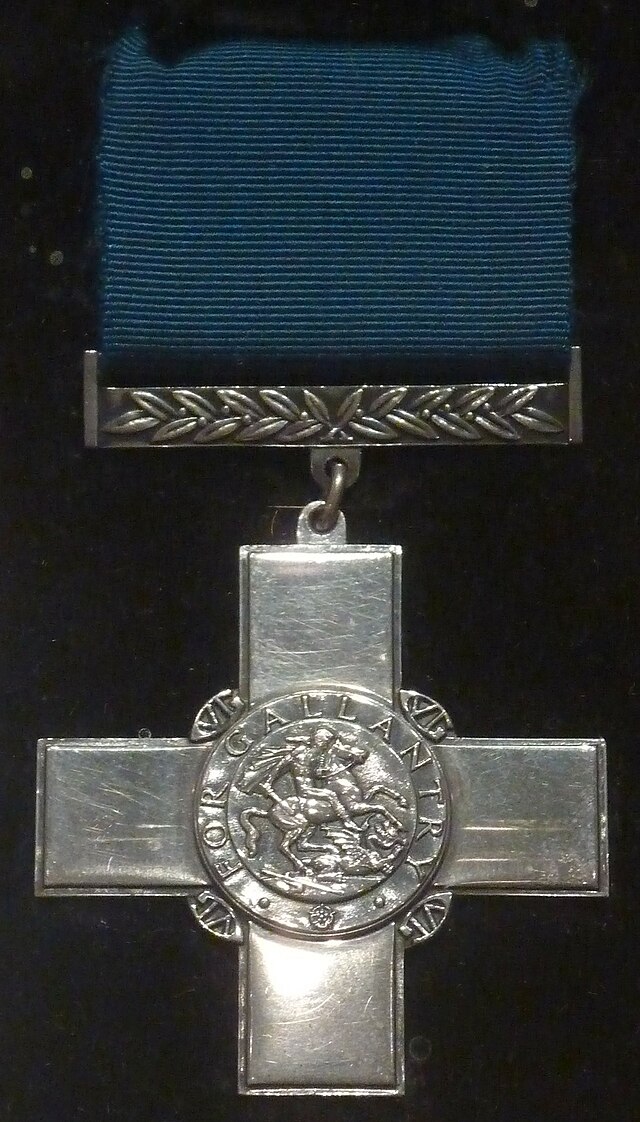The Royal Family in World War II
It was King George VI who was the reigning monarch at the time the Second World War broke out. He had only been on the throne for 3 years before Britain entered the war in September 1939. His position as monarch was not what was intended. George VI was never meant to be king; rather it was his brother King Edward VIII who was supposed to rule instead. On 11 December 1936, Edward abdicated the throne for the sake of love in order to marry the divorcee Wallis Simpson. It was on the same day that George VI ascended the throne instead, throwing his family into a position they never thought they would be in.
Buckingham Palace was not exempt from the difficulties of war. Throughout the course of the war, it was bombed a total of 9 times. The worst bombing came in 1940, when the King and Queen were in the palace. Queen Elizabeth was quoted saying that "I'm glad we have been bombed. Now I can look the East End in the face" after the bombing. In a way, it brought together the rich and the poor people of the country as both were seen to be experiencing the hardships of war together. To the British population at the time, it strengthened the reputation of the British Royal Family. Having not fled to safety, and experiencing their home being bombed too, its said to have shown a commitment to their people and the country.
 |
| King George VI and the Queen in front of a bombed Buckingham Palace. |
As the war progressed and the public continued to face bombings from the enemy, King George and Queen Elizabeth would tour the areas of the country that faced heavy bombings. This was appreciated by the people of the country at the time. Furthermore King George and the Queen visited munition factories and troops during the war. The King traveled to various countries to visit these troops, these being; France, North Africa, Normandy, Malta and the South of Italy. These visits to the people of Britain and the troops stationed elsewhere was an appreciated act during times of war and hardship.
The Kings daughter, Elizabeth, also played her own part during the war. She went on to join the ATS in 1944 once she had turned 18. Elizabeth was trained as a mechanic as well as a driver. No special treatment was given as she played her role in the ATS and King George ensured that no special rank was placed upon her on her joining. She reached the role of Junior Commander by the end of her time within the Auxiliary Territorial Service. Whilst the then Princess Elizabeth played her part in the ATS, Princess Margaret was a Girl Guide and joined the Sea Rangers.
"In order that they should be worthily and promptly recognised, I have decided to create, at once, a new mark of honour for men and women in all walks of civilian life. I propose to give my name to this new distinction, which will consist of the George Cross, which will rank next to the Victoria Cross, and the George Medal for wider distribution."
Malta received the medal to recognise the countries bravery as it was under siege by the Germans during the Second World War and to recognise the inhabitants gallantry. There were over 100 George Cross medals bestowed throughout the years of the war.
With VE Day on 8 May 1945, the King and Queen made appearances on the balcony of Buckingham Palace, 8 in total. They were joined by their two daughters, with Princess Elizabeth wearing her wartime uniform, along with Winston Churchill. Princess Elizabeth and her sister Princess Margaret secretly joined the crowds to celebrate the end of a long Second World War. Having celebrated anonymously, Elizabeth would go on to say "I think it was one of the most memorable nights of my life."




Comments
Post a Comment